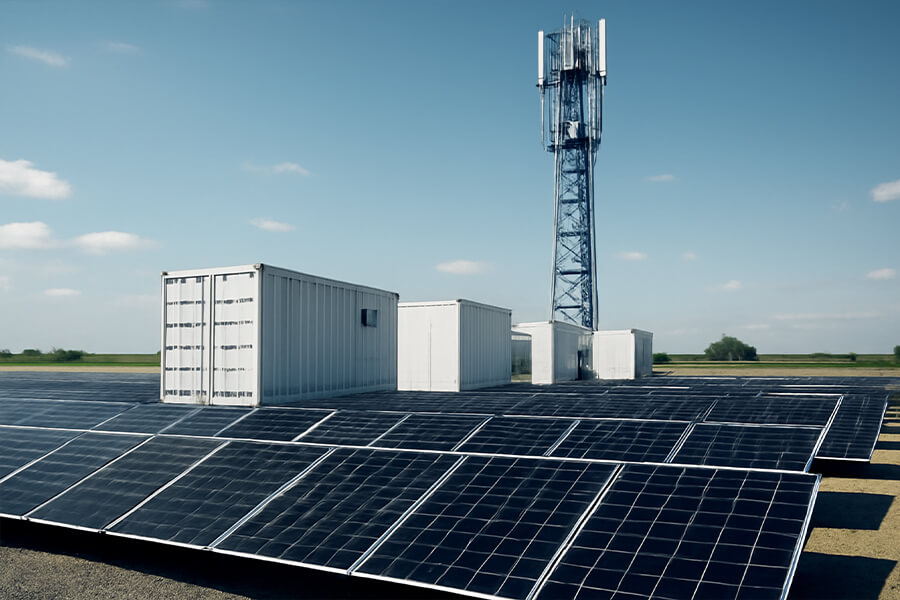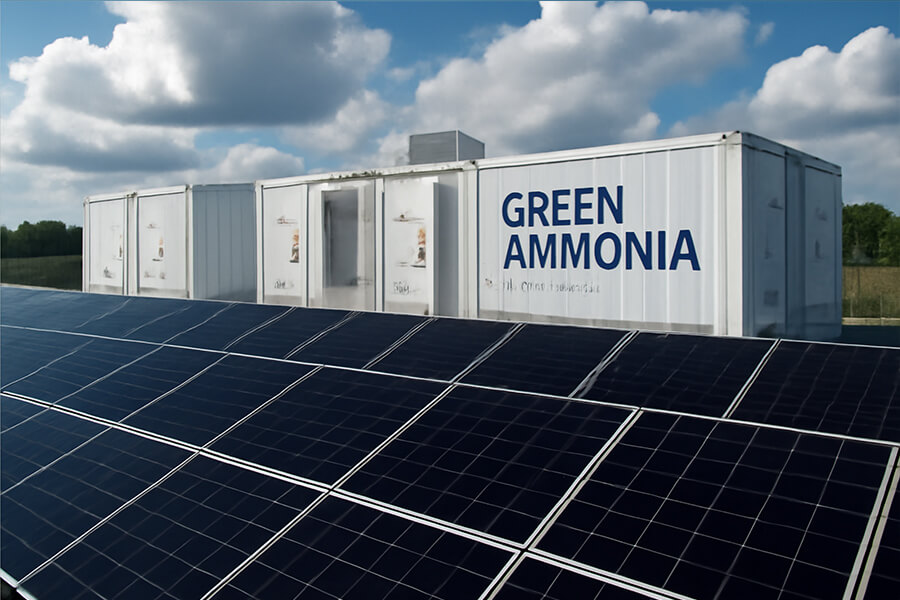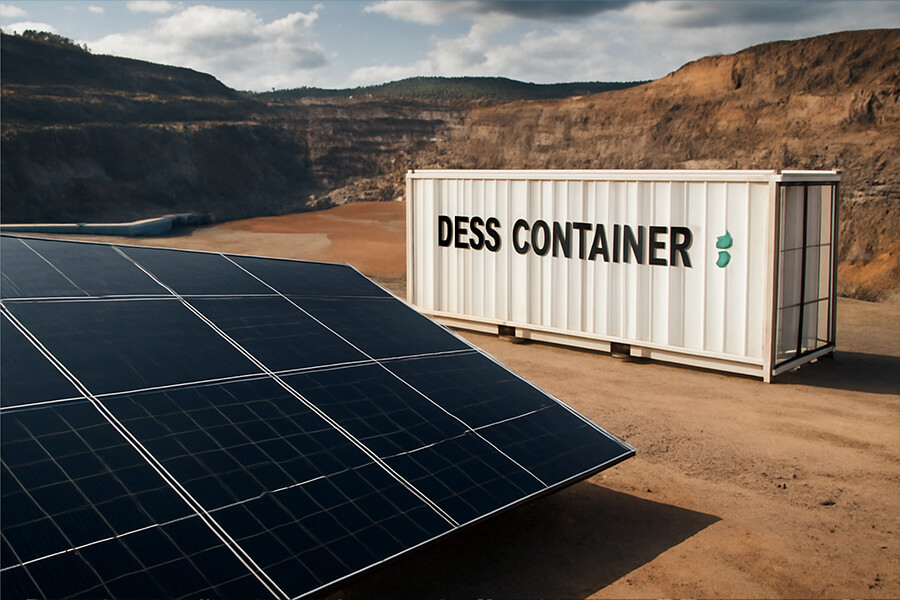Introduction
The design and planning of off-grid photovoltaic (PV) systems is a critical phase in creating a self-sustaining and independent power source. These systems operate beyond the reach of traditional grids, making them ideal for remote areas, off-grid homes, and emergency backup power. This article delves into the essential aspects of designing and planning an off-grid PV system, covering component selection and layout considerations.
Designing Your Off-Grid PV System
Assess Energy Needs: The first step in designing an off-grid PV system is to assess your energy needs. Identify the electrical appliances and devices that will be powered by the system, and estimate their energy consumption. This analysis will serve as the foundation for determining the size and capacity of your system.
Solar Panel Selection: Choose high-quality solar panels that suit your energy requirements and local climate conditions. Consider factors such as efficiency, durability, and warranty. Monocrystalline and polycrystalline panels are common choices, with monocrystalline panels often offering higher efficiency but at a slightly higher cost.
Battery Bank Sizing: Select an appropriate battery bank to store excess energy for use during periods of low sunlight. The capacity of the battery bank should align with your estimated energy storage needs. Common types of batteries used in off-grid systems include lead-acid and lithium-ion batteries.
Inverter and Charge Controller: Invest in a high-quality inverter and charge controller. The inverter converts DC power from the solar panels and batteries into AC power for household use. The charge controller ensures the proper charging and protection of the batteries.
Energy Storage Planning: Determine where the battery bank will be located, and consider the environmental conditions and ventilation. Ensure that the battery storage area is well-ventilated, secure, and protected from extreme temperatures.
Backup Generator: In regions with extended periods of low sunlight, consider incorporating a backup generator into your off-grid system. This generator can provide supplementary power and recharge the battery bank during cloudy days or prolonged outages.
Wiring and Safety: Plan the wiring and electrical connections with safety in mind. Use appropriate wire gauges, safety disconnects, and overcurrent protection. It’s essential to ensure that your off-grid system complies with local electrical codes and standards.
Layout and Installation
Optimal Solar Panel Placement: The placement of solar panels is crucial for maximizing energy generation. Position panels where they receive the most sunlight throughout the day. Tilt and azimuth angles should be adjusted based on your geographical location for optimal solar exposure.
Solar Array Mounting: Choose a suitable mounting system for your solar panels. Ground-mounted systems are common in remote areas, while roof-mounted systems are popular for residential installations. Ensure that the mounting structure is stable, secure, and able to withstand local weather conditions.
Wiring and Connections: Properly wire the components of your system, connecting solar panels to the charge controller and battery bank, and then to the inverter. Follow a systematic wiring diagram to avoid errors and optimize efficiency.
Battery Bank Installation: Place the battery bank in a well-ventilated and secure location. Consider the weight and size of the batteries and ensure they are properly secured to prevent any accidents.
Inverter and Charge Controller Placement: Install the inverter and charge controller in a location with good air circulation to prevent overheating. These components should be easily accessible for maintenance.
Safety and Testing: After installation, thoroughly test the system to ensure it functions correctly. Implement safety measures and provide appropriate training for anyone responsible for operating or maintaining the system.
Conclusion
Designing and planning an off-grid PV system is a complex but rewarding process. It involves carefully selecting the right components and optimizing their layout to create a self-sustaining power source. By assessing energy needs, choosing high-quality components, and planning the layout and installation, you can create an efficient and reliable off-grid PV system that provides clean and independent energy for your specific needs. Off-grid PV systems offer the promise of energy autonomy, environmental sustainability, and a pathway to a more resilient energy future.
If you want to customize your own photovoltaic solution today, please contact us.




